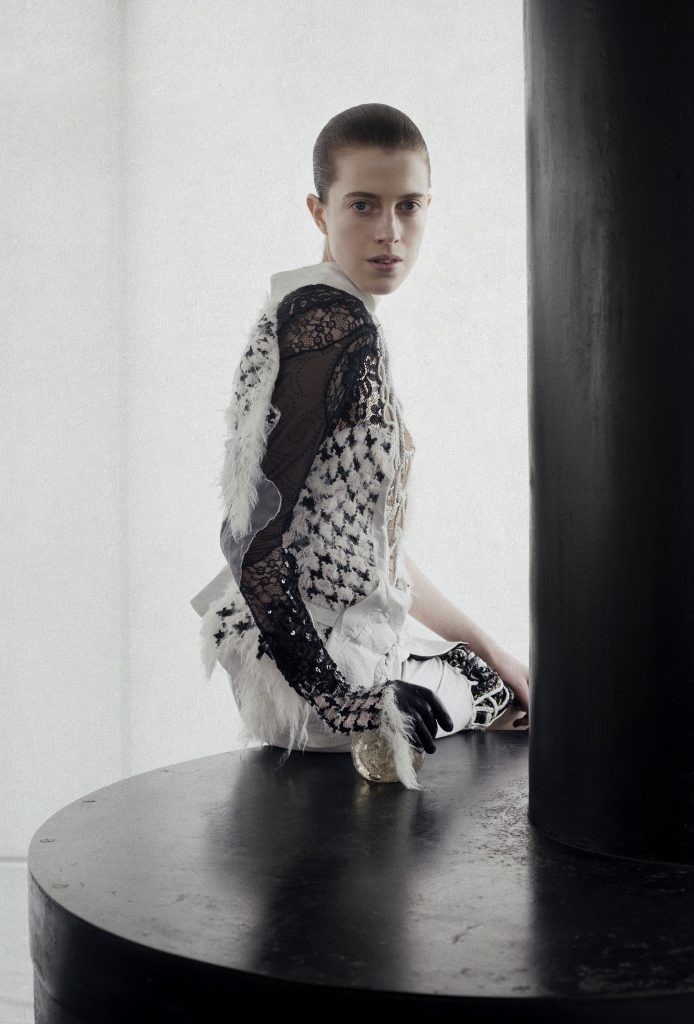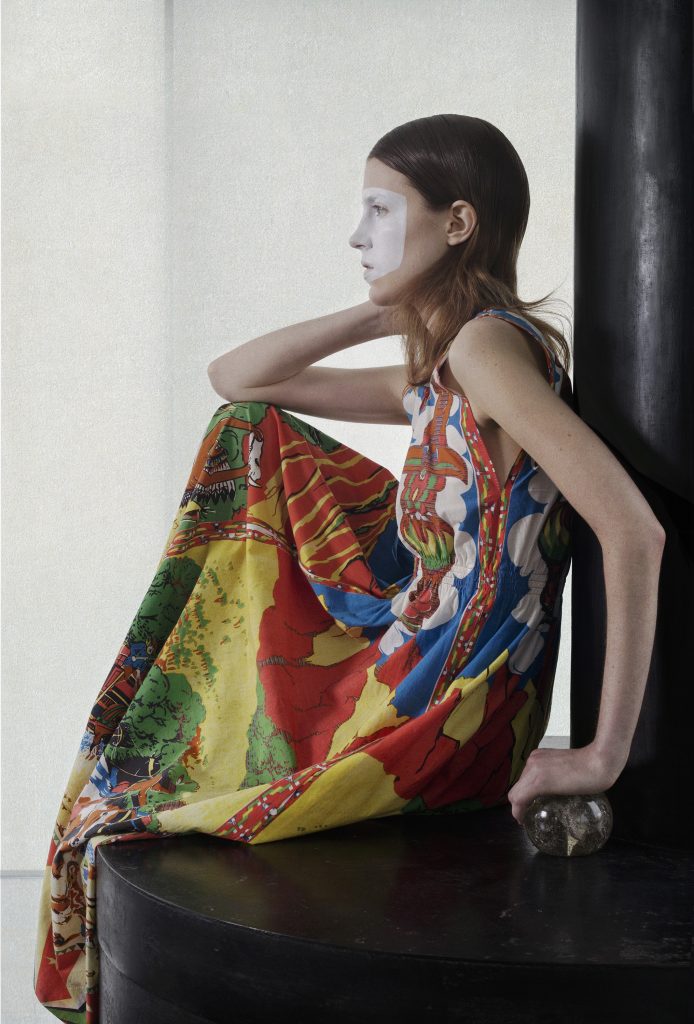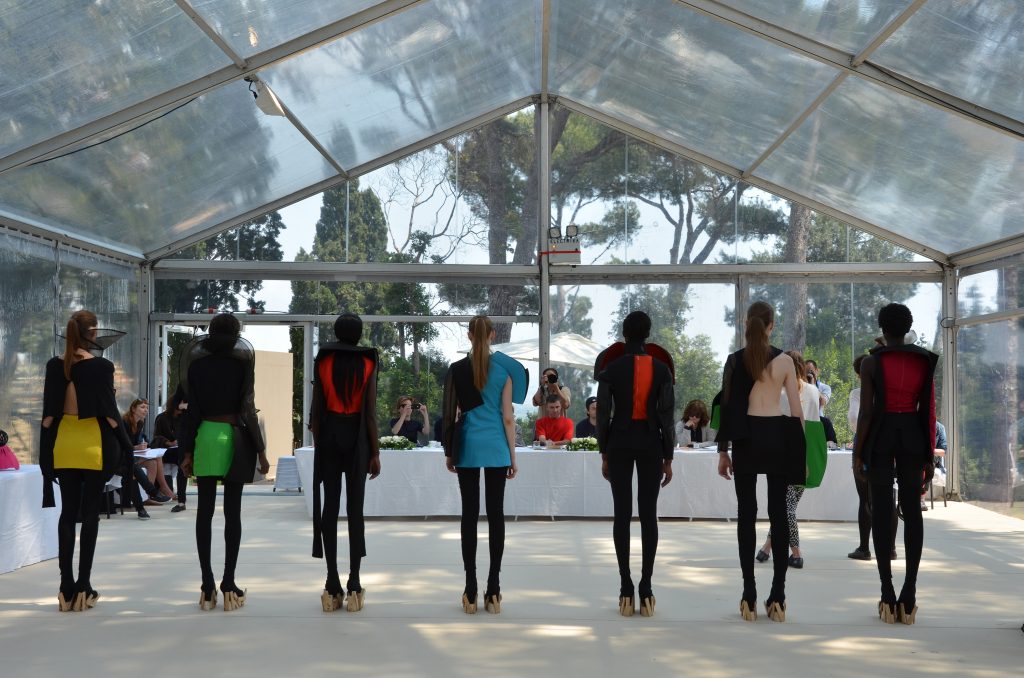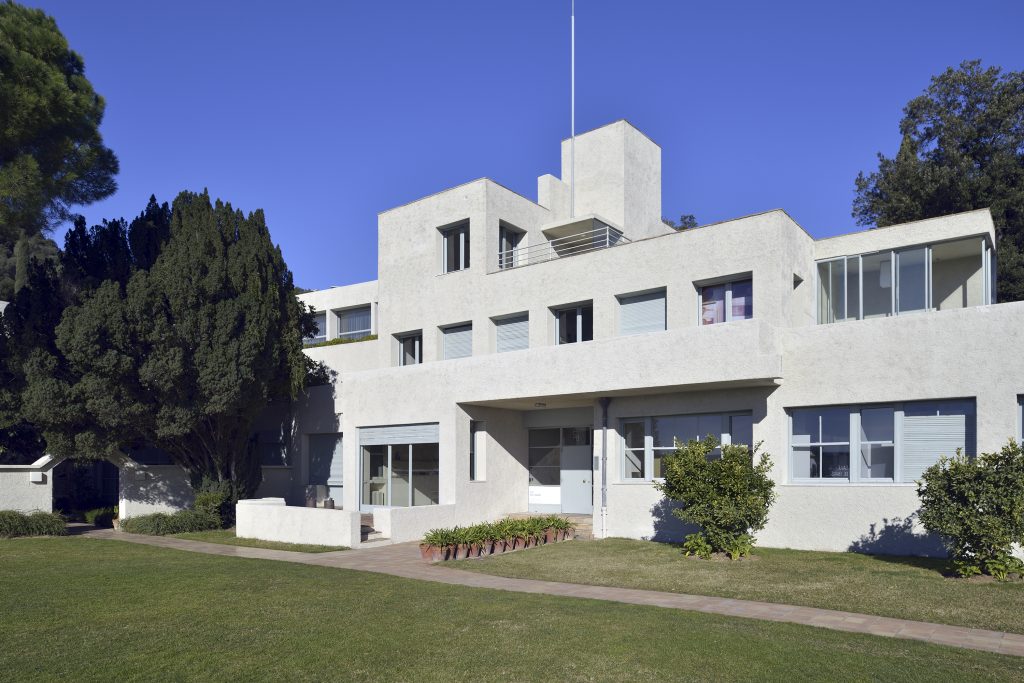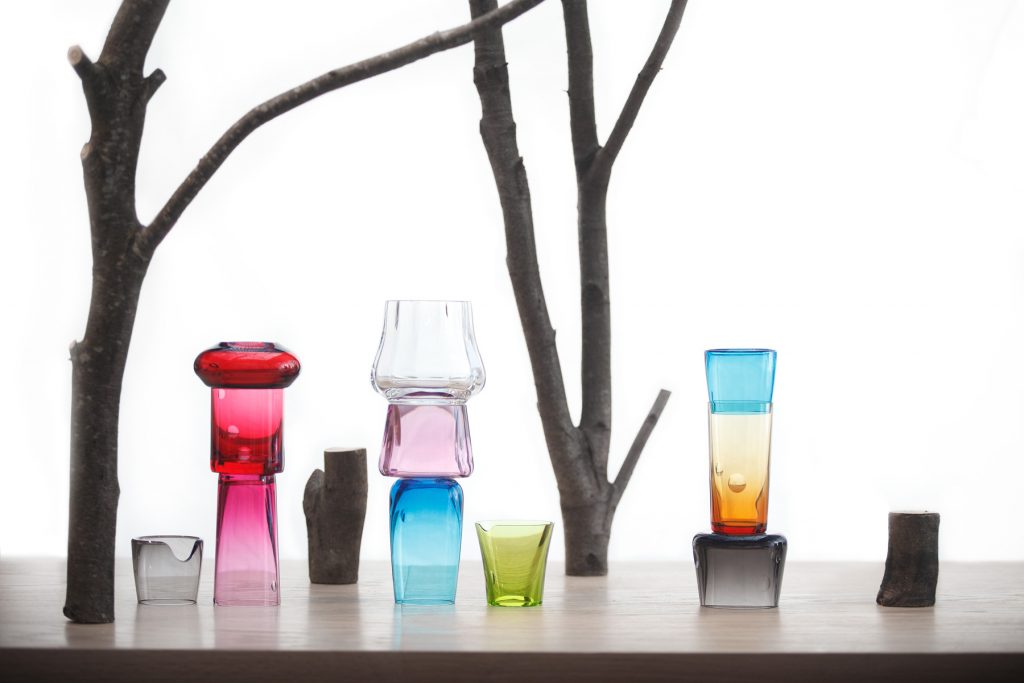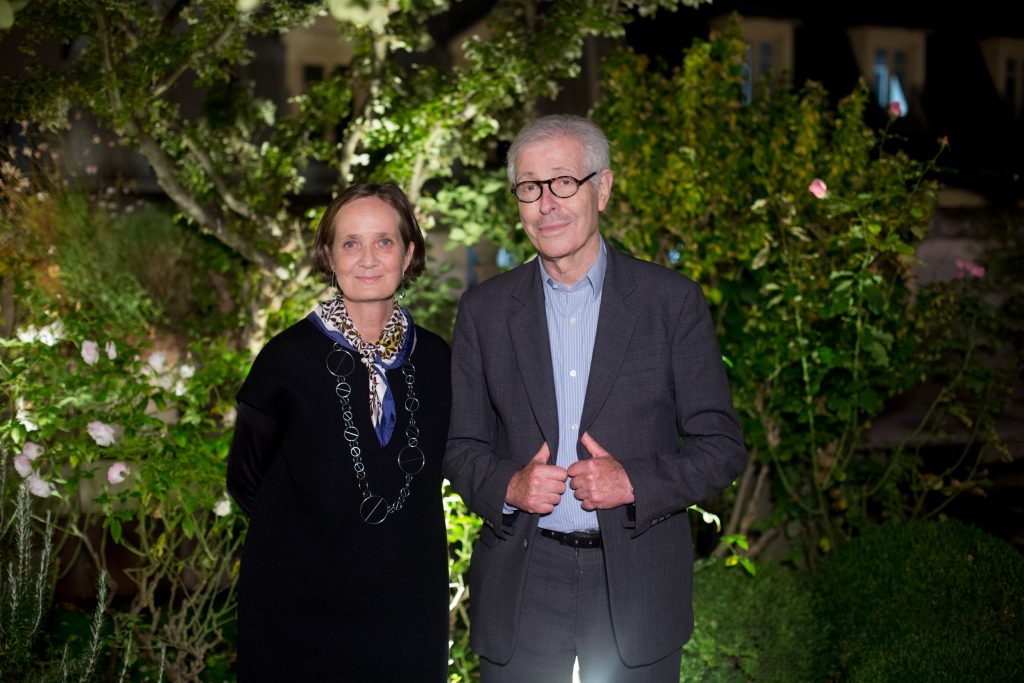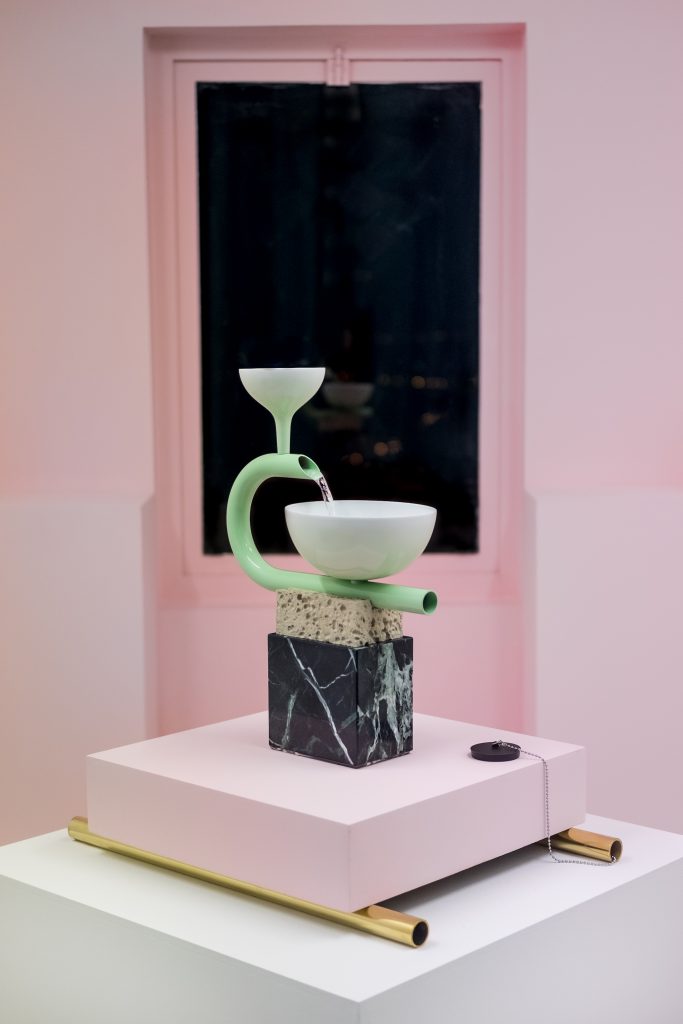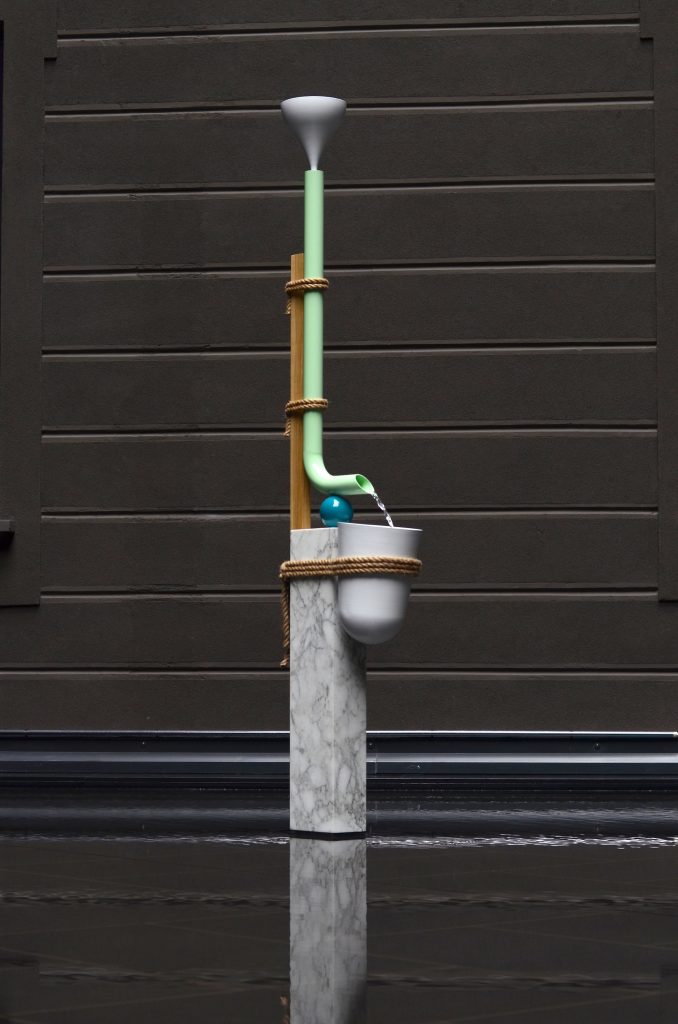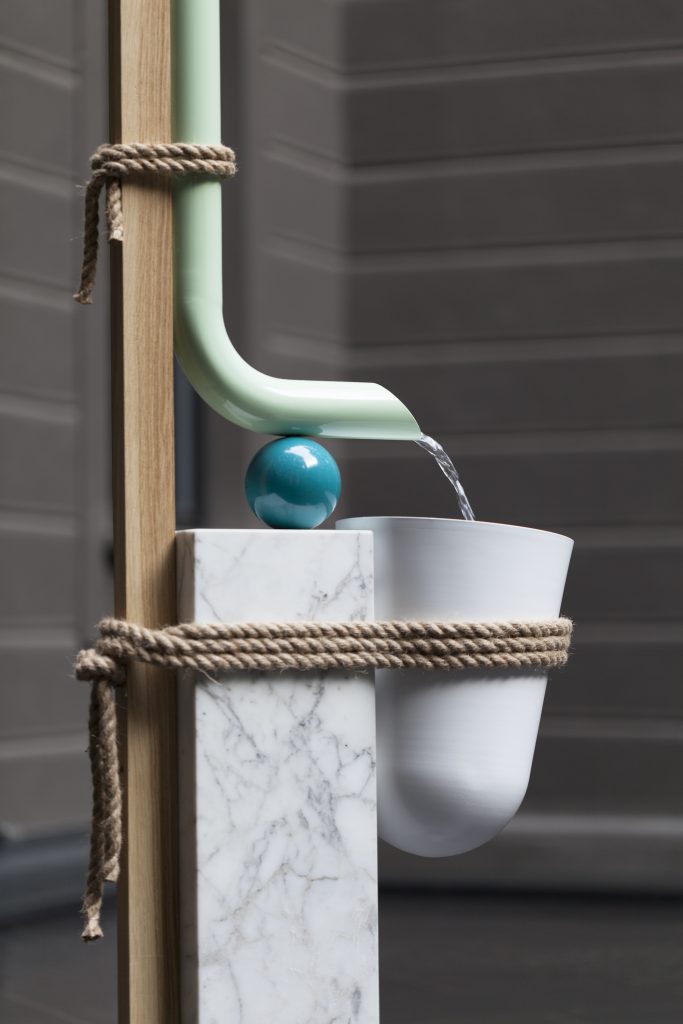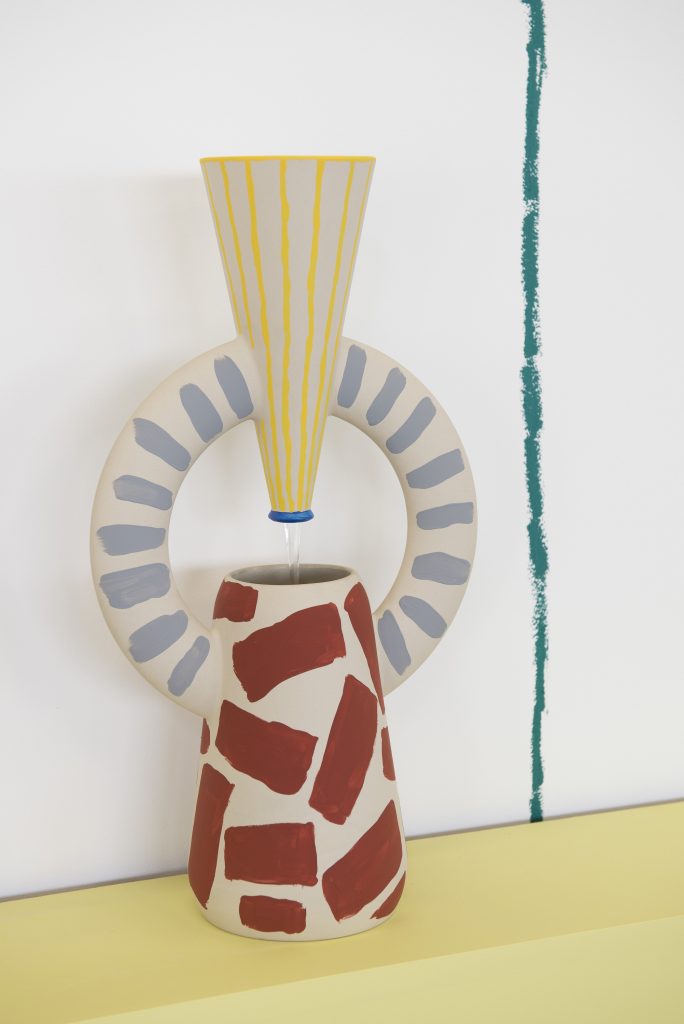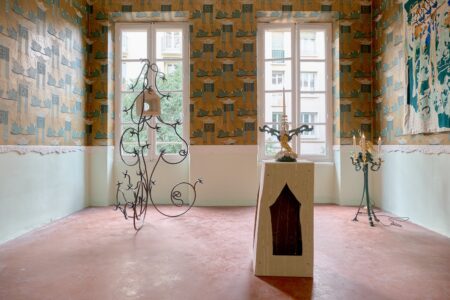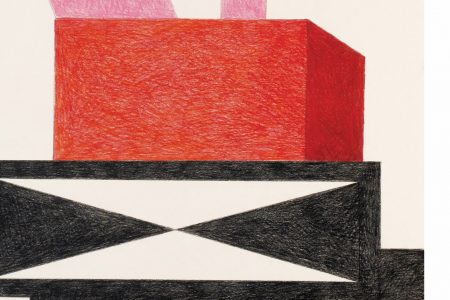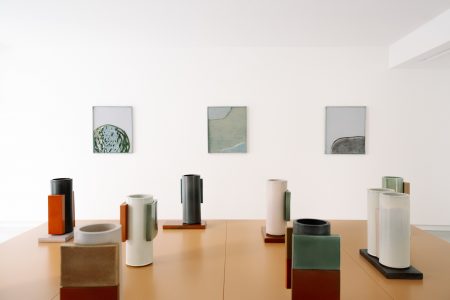
Pascale Mussard: A Woman Who Breathes Belgium
Pascale Mussard, former artistic director of petit h, talks to TLmag on her love for Brussels and Belgian design.
She belongs to the sixth generation of the Hermès family and was artistic director of petit h, an ambitious project she herself initiated, but the passions of this fan of Belgium don’t stop there. We met with a woman who is as modest as she is brilliant and visionary, a lover of design in the broader sense, with an irresistibly communicative enthusiasm.
TLmag: You say that there exists a Belgian excellence. What do you mean by this?
Pascale Mussard: I think that, without realising it, I perceived this quite early. When I was a child, I spent often time in Brussels. We lived in Paris, but my father, as young architect, was working as a trainee in an architecture studio that built up the Atomium right after. For me, these visits to Brussels represented total exoticism. I have also very strong memories of the African Museum in Tervuren, which I visited with my uncle. I returned to Brussels much later, while I was working for Hermès on the “Year of Africa” to organize an internal managerial meeting there. I also collaborated to the opening of La Verrière, the exhibition space of the Hermès boutique on boulevard de Waterloo. All these projects have been for me a great source of inspiration.
TLmag: What is your relationship with Brussels and with Belgian design in the broad sense?
PM: I always felt that I never understood fashion so well, even when I worked at Hermès. But when I was asked to show Martin Margiela around Hermès when he was appointed as artistic director, and I saw him take an item of clothing, construct it to better deconstruct it, I not only understood much more about fashion, but also about that concept of excellence you referred to.
TLmag: Three years ago, you became President of the Board of Directors of the Villa Noailles Association. In this role, you collaborate closely on the organisation of the Hyères festival. What is your perception of the young generation of designers who compete there each year?
PM: What really strikes me is how Belgians play such an important role at Villa Noailles: Ester Manas last year, as well as Marine Serre who was one of the laureates, but whose career has really taken off since. Before them, Anthony Vaccarello (art director at Saint Laurent), Jean-Paul Lespagnard… Belgians have a very marked sense of humour and irony. Not to mention their sense of detail. You need only to walk along the street, and observe the architecture in Brussels, to understand that this is a decidedly cultural character trait.
TLmag: What explains the strength of Belgian design?
PM: The education, without a doubt. I have twice had the opportunity to take part in the jury for La Cambre Mode(s) & Fashion Accessories. I think that the students are encouraged to undertake a real reflection on the piece of clothing or the accessory. The messages of Ester Manas and Marine Serre are very strong. Their collections question women’s freedom, the relationship with the body, etc.
TLmag: Tell us about your arrival in Brussels.
PM: I was engrossed in my reflections on the launch of Hermès petit h, a creation laboratory for ideas aimed at giving new life to precious materials not used for the Hermès collections. It was an ambitious and difficult-to-understand project… Just setting myself up here – especially as I had not planned anything – helped me considerably in moving the project forward. I spoke with Martin Margiela as well as with Isabelle de Borchgrave. I felt that I was understood. Once the petit h project was launched in Paris, the first countries to express genuine interest in the artworks were Japan and Belgium. The sale we organised in the Brussels’ boutique was a real success. Charles Kaisin, whom I had met at a dinner, took care of the amazing staging. We shared the same vision of things. The customers and collectors immediately understood that this wasn’t a secondary line of Hermès, but a true and experimental ‘haute couture’ approach.
TLmag: Your attachment to Brussels does seem like a logical step along your path.
PM: Brussels is a city that encourages meetings, synergies, exchanges. It’s a city in which I can breathe deeply. In a year and a half, I have met incredible people. Thanks to Isabelle de Borchgrave, Brigitte Ullens and Charles Kaisin, I met ceramicist Eric Croes and flower artist Thierry Boutemy… This city is bursting with talents, and the synergies that flow from these meetings feed my roots in Brussels. It’s the same for Bela Silva, a ceramicist whose designs I discovered long ago at Pierre Passebon. I am proud that the ‘Carré Hermès’ based on her drawing ultimately became the bestseller in the recent Hermès scarf collection.
TLmag: Tell us about your current projects.
PM: Belgium has inspired me enormously. I don’t even notice when it rains! Whereas in Paris… Here I have the feeling that I can think, at ease, about my future projects. It wasn’t by chance that petit h was born here. Since I stepped back from that project, I have had more time to devote to others: my role in the Villa Noailles Association, in particular. We are working on a number of projects related to the festival, including a first design exhibition in Toulon that will be curated by Marie-Ange Brayer (Design Curator, Centre Pompidou) under a setting of India Mahdavi (President of the Jury, Design Parade Toulon).
TLmag: And in Brussels?
PM: I am one of the patron of the challenging project run by Diane Hennebert’s “Out of the Box”, a private initiative that aims to help young people experienced academic difficulties through specific educational activities, including writing, illustration and plastic arts. Alongside this project in which I intend to invest myself fully over the next few years, I am about to launch another, in Brazil, this time. Within the context of the large-scale restoration project of the Matarazzo Hospital in São Paulo, I am in charge of creating a village of craftspeople, a real concentration of expertise. It’s an ambitious idea that inevitably fascinates me. I am finally closely following two projects of the Hermès Foundation: Manufacto (“La Fabrique des Savoir-faire” or Discovering artisan trades in the school environment) and L’Académie des Savoir-Faire (the Skills Academy – a professional skills upgrading programme, textile being the main theme in 2019). And in Brussels, I am very pleased to be one of Collectible patrons, the pioneer design fair, dedicated exclusively to 21st century contemporary collectible design, whose second edition will be held from 14 to 17 March 2019, in the centre of Brussels at the Vanderborght building.
Featured portrait by Emile Kirsch
